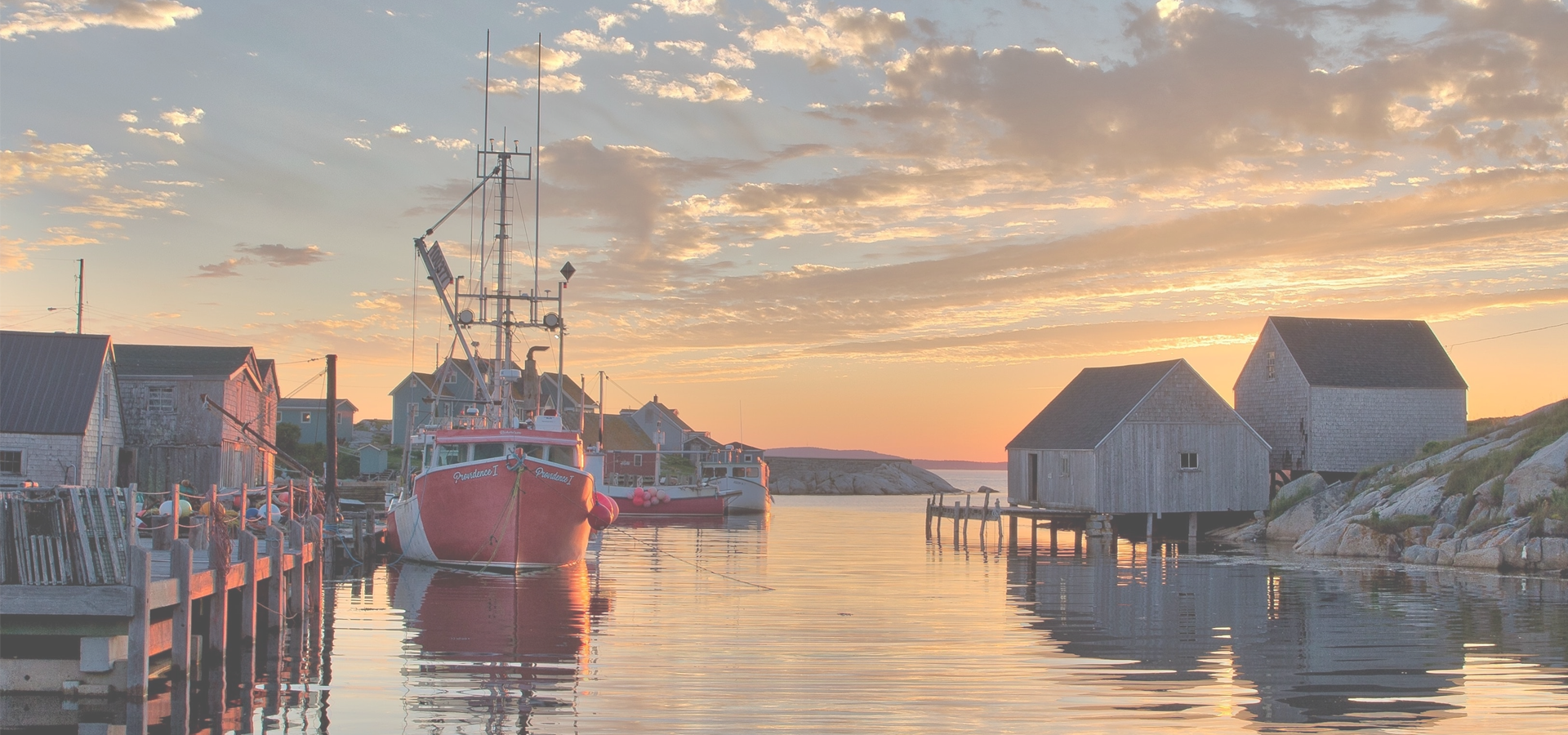🏴 Architect/Town Planner Thomas Adams is associated with Halifax. In 1930 he was appointed part-time director of research in planning by Harvard University in Cambridge, Massachusetts.
Halifax, Nova Scotia, Canada
🇨🇦 Halifax, officially known as the Halifax Regional Municipality, is the capital of the Canadian province of Nova Scotia. The regional municipality consists of four former municipalities that were amalgamated in 1996: Halifax, Dartmouth, Bedford, and Halifax County.
Halifax is a major economic centre in Atlantic Canada, with a large concentration of government services and private sector companies. Major employers and economic generators include the Department of National Defence, Dalhousie University, Nova Scotia Health Authority, Saint Mary's University, the Halifax Shipyard, various levels of government, and the Port of Halifax. Agriculture, fishing, mining, forestry, and natural gas extraction are major resource industries found in the rural areas of the municipality.
Halifax serves as the business, banking, government and cultural centre for the Maritime region. The largest employment sectors in the city include trade (36,400 jobs), health care and social assistance (31,800 jobs), professional services (19,000 jobs), education (17,400 jobs), and public administration (15,800 jobs).
Major employers and economic generators include the Department of National Defence, the Port of Halifax, Irving Shipbuilding, the Nova Scotia Health Authority, IMP Group, Bell Aliant, Emera, the Bedford Institute of Oceanography, government, banks, and universities. The municipality has a growing concentration of manufacturing industries and is becoming a major multi-modal transportation hub through growth at the port, the Halifax Stanfield International Airport, and improving rail and highway connections. Halifax is one of Canada's top four container ports in terms of the volume of cargo handled. A real estate boom in recent years has led to numerous new property developments, including the gentrification of some former working-class areas.
Agriculture, fishing, mining, forestry and natural gas extraction are major resource industries found in the rural areas of the municipality. Halifax's largest agricultural district is in the Musquodoboit Valley; the total number of farms in Halifax is 150, of which 110 are family owned. Fishing harbours are located along all coastal areas with some having an independent harbour authority, such as the Sheet Harbour Industrial Port, and others being managed as small craft harbours under the federal Fisheries and Oceans Canada.
Other resource industries in Halifax include the natural gas fields off the coast of Sable Island, as well as clay, shale, gold, limestone, and gypsum extraction in rural areas of the mainland portion of the municipality. Limestone is extracted in the Musquodoboit Valley and gold is extracted in Moose River.
Peggy’s Cove, Halifax, Nova Scotia, Canada

Halifax is rated Sufficiency by the Globalization and World Cities Research Network (GaWC) which evaluates and ranks the relationships between world cities in the context of globalisation. Sufficiency level cities are cities that have a sufficient degree of services so as not to be overly dependent on world cities.
Halifax was ranked #295 by the Nomad List which evaluates and ranks remote work hubs by cost, internet, fun and safety. Halifax has a population of over 316,701 people. Halifax also forms the centre of the wider Halifax metropolitan area which has a population of over 448,544 people. Halifax is the #215 hipster city in the world, with a hipster score of 3.4029 according to the Hipster Index which evaluates and ranks the major cities of the world according to the number of vegan eateries, coffee shops, tattoo studios, vintage boutiques, and record stores. Halifax is ranked #234 for startups with a score of 1.543.
To set up a UBI Lab for Halifax see: https://www.ubilabnetwork.org Twitter: https://twitter.com/UBILabNetwork
Twin Towns, Sister Cities Halifax has links with:
🇻🇳 Bà Rịa, Vietnam 🇲🇽 Campeche, Mexico 🇯🇵 Hakodate, Japan 🏴 Liverpool, England 🇺🇸 Norfolk, USA 🏴 Portsmouth, England 🇻🇳 Vũng Tàu, Vietnam 🇨🇳 Zhuhai, China-
Thomas Adams |
-
Alfred Dennis Thacker |
🏴 🇨🇦 Architect Alfred Dennis Thacker is associated with Halifax. He was elected an Associate of the Royal Institute of British Architects (ARIBA) in 1907.
🇷🇺 Nevinnomyssk 44.633
🇺🇦 Sevastopol 44.605
🇻🇪 Ciudad Bolívar -63.548
🇦🇷 Villa María -63.267
🇧🇴 Santa Cruz de la Sierra -63.186
🇧🇴 Santa Cruz -63.183
🇨🇦 Charlottetown -63.133
🇻🇪 La Asunción -63.85
🇧🇷 Porto Velho -63.86
🇻🇪 Margarita Island -64.047
🇦🇷 Jesús María -64.1
🇦🇷 Santiago del Estero -64.267
🇦🇷 Santa Rosa -64.283
🇦🇷 San Ramón de la Nueva Orán -64.333
Locations Near: Halifax -63.5736,44.6462
🇨🇦 Dartmouth -63.567,44.667 d: 2.3
🇨🇦 Truro -63.267,45.35 d: 81.9
🇨🇦 Kentville -64.483,45.067 d: 85.6
🇨🇦 Charlottetown -63.133,46.233 d: 179.8
🇨🇦 Moncton -64.778,46.088 d: 185.9
🇨🇦 Hampton -65.834,45.515 d: 202
🇨🇦 Saint John -66.064,45.273 d: 208
🇨🇦 Fredericton -66.633,45.95 d: 279.8
Antipodal to: Halifax 116.426,-44.646
🇦🇺 Albany 117.867,-35.017 d: 18937.3
🇦🇺 Bunbury 115.637,-33.327 d: 18754.6
🇦🇺 Mandurah 115.721,-32.529 d: 18666.3
🇦🇺 Rockingham 115.717,-32.267 d: 18637.2
🇦🇺 City of Cockburn 115.833,-32.167 d: 18626.5
🇦🇺 Perth 115.857,-31.953 d: 18602.8
🇦🇺 Vincent 115.834,-31.936 d: 18600.8
🇦🇺 Guildford 115.973,-31.9 d: 18597.2